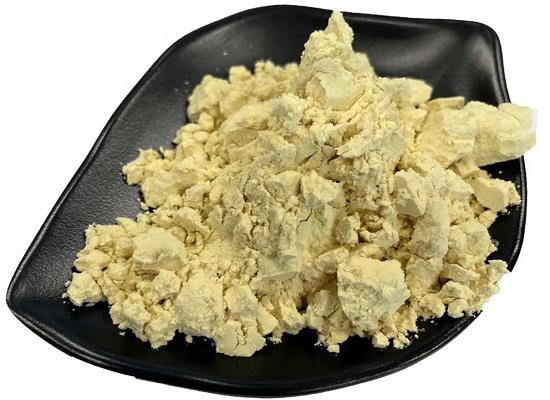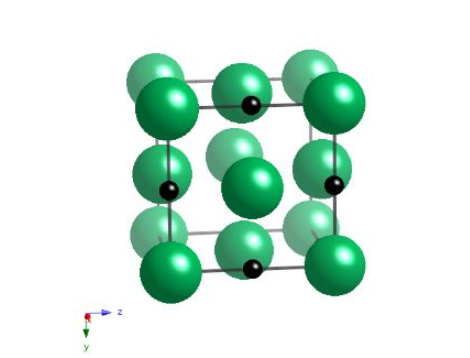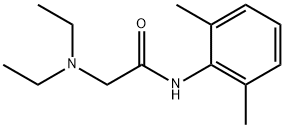The topical medicine-Lidocaine
May 17,2024
Introduction
Lidocaine is a local anesthetic agent commonly used for local and topical anesthesia, but it also has antiarrhythmic and analgesic uses and can be used as an adjunct to tracheal intubation. It is a tertiary amine class Ib antiarrhythmic agent on the Vaughan-Williams classification. This product is available in the following dosage forms:
Spray
Cream
Patch, Extended Release
Gel/Jelly
Ointment
Lotion
Pad
Swab
Powder
Solution
Mode of action
Lidocaine can relieve many different types of pain by blocking pain signals sent from nerves in the skin. When the nerves are blocked, it creates a numbing sensation or a temporary loss of feeling.
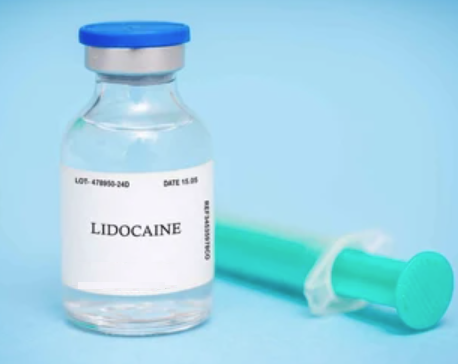
Unlike orally ingested pain relievers, such as acetaminophen (TYLENOL?), you can control how topical lidocaine targets your pain. When applied to your skin, it gives you pain relief only in the area that you apply it.
Uses
This medication is used on the skin to stop itching and pain from certain skin conditions (such as scrapes, minor burns, eczema, and insect bites) and to treat minor discomfort and itching caused by hemorrhoids and certain other problems of the genital/anal area (such as anal fissures, itching around the vagina/rectum). Some forms of this medication are also used to decrease discomfort or pain during certain medical procedures/exams (such as sigmoidoscopy and cystoscopy). Lidocaine is a local anesthetic that works by causing temporary numbness/loss of feeling in the skin and mucous membranes.
Side effects
Side effects that you should report to your doctor or health care professional as soon as possible:
allergic reactions like skin rash, itching or hives, swelling of the face, lips, or tongue
breathing problems
changes in vision
chills, fever
confused, excitable, nervous, restless
dizzy, drowsy
headache
irregular heartbeat
nausea, vomiting
seizures
tremors
Side effects that usually do not require medical attention :
lighter or redder skin colors where used
numb area
- Related articles
- Related Qustion
- Lidocaine synthesis Jul 30, 2024
Using 2,6-dimethylaniline and chloroacetic chloride as raw materials to prepare an intermediate, namely acetyl chloride-2,6-dimethylaniline, and using the prepared intermediate and diethylamine to react and obtain lidocaine.
- Lidocaine: A Comprehensive Overview May 23, 2024
Lidocaine remains a cornerstone in medical treatments involving anesthesia and pain management due to its effective blocking of nerve signal transmissions.
- Lidocaine: Medical uses, Pharmacology and Side effects May 4, 2023
Lidocaine, also known as lignocaine, is a local anesthetic of the amino amide type. It is also used to treat ventricular tachycardia.
Urolithin A, a naturally occurring compound derived from dietary sources, has swiftly emerged as a prominent subject of investigation in muscle health and performance.....
Jan 9,2025APINiobium carbide is a green cubic crystal with a metallic luster. It is Halite, Rock Salt structured and crystallizes in the cubic Fm?3m space group.....
May 17,2024Inorganic saltsLidocaine
137-58-6You may like
- Lidocaine
-

- $10.00 / 1ASSAYS
- 2025-01-09
- CAS:137-58-6
- Min. Order: 1ASSAYS
- Purity: 99%
- Supply Ability: 10 tons
- Lidocaine
-
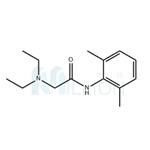
- $1.00 / 1kg
- 2025-01-09
- CAS:137-58-6
- Min. Order: 0.10000000kg
- Purity: 99%
- Supply Ability: 200KG
- lidocaine
-
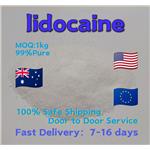
- $160.00/ kg
- 2025-01-09
- CAS:137-58-6
- Min. Order: 1kg
- Purity: 99%pure
- Supply Ability: 10 tons




